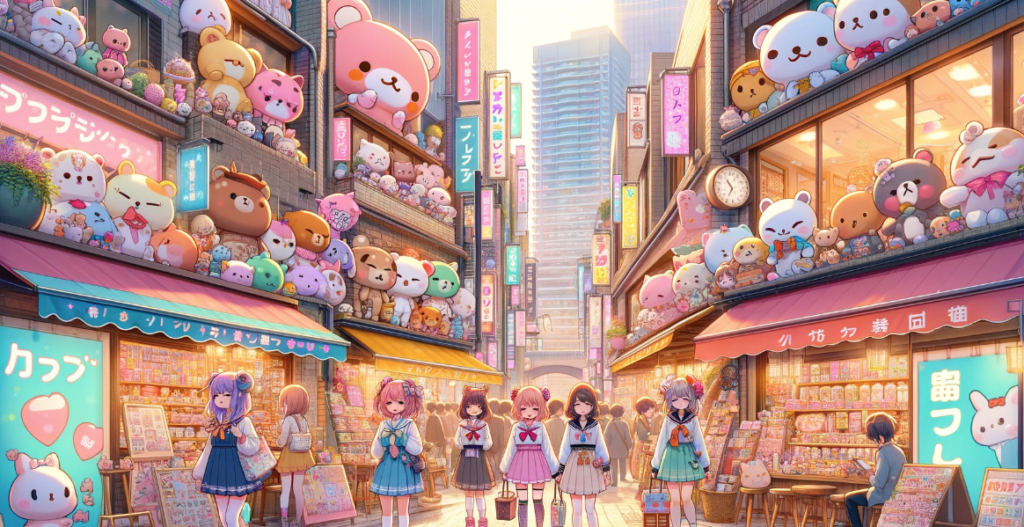
Lesson 16 ”Kawaii”
Topic Question: Can you explain the concept of “kawaii” and its significance in Japanese culture?
No. 1
First, try answering the question yourself.
The instructor will provide advice on vocabulary, grammar, and expression corrections.
Sample Answer- Let’s read aloud - Instructor will check your pronunciation and accent.
The concept of “kawaii” in Japanese culture encompasses more than just the notion of cuteness; it represents an aesthetic that can be found in everything from fashion and art to everyday objects and public behavior. Kawaii has its roots in the rebellion against traditional norms, offering a way to express individuality and non-conformity through adorable designs and characters. It holds significant influence in Japanese media, including anime, manga, and idol culture, shaping consumer preferences and global perceptions of Japanese pop culture. Beyond mere aesthetics, kawaii embodies a deeper cultural value of innocence, youthfulness, and positivity, making it a pervasive element of Japanese society.
No. 2
5 Words to Learn and Their Meanings
- Aesthetic (美的): Pertaining to beauty or the appreciation of beauty.
The minimalist aesthetic of the room brings a sense of calm and order.
- Rebellion (反抗): An act of violent or open resistance to an established government or ruler.
The designer’s bold colors and unconventional shapes were seen as a rebellion against traditional fashion.
- Non-conformity (非遵守): Failure or refusal to conform to a prevailing rule or practice.
Her choice of quirky accessories is a statement of non-conformity.
- Idol culture (アイドル文化): A phenomenon in popular culture, typically in music and entertainment, where young performers are idolized by fans.
Idol culture has a massive following, with fans dedicating time and resources to support their favorite stars.
- Pervasive (普及している): Spreading widely throughout an area or a group of people.
Smartphones have become so pervasive that it’s hard to imagine life without them.
No. 3
Key Idiom and Example Sentences
“Breaking the mold” (型破り)
By introducing kawaii elements into traditional art, the artist is breaking the mold and attracting a younger audience.
No. 4
Discussion and Exchange of Opinions on the Sample Answer
Instructor: How do you think the concept of kawaii influences international views on Japan? Do you believe the kawaii culture has the potential to change societal norms beyond Japanese borders?
Student: [Opinions of students]
No. 5
Free Discussion on the topic
Let’s discuss the globalization of the kawaii aesthetic. How has kawaii culture been adopted or adapted in your country? Are there any local trends or products inspired by kawaii? How does kawaii compare to similar concepts of cuteness in other cultures?







